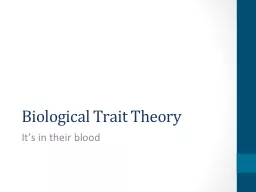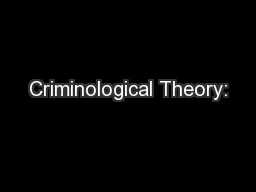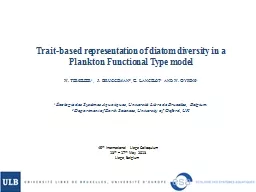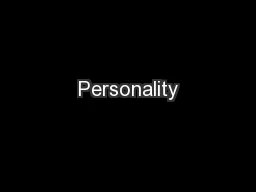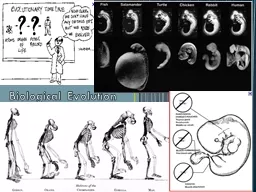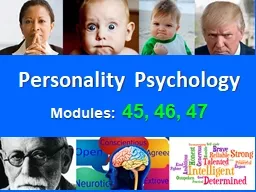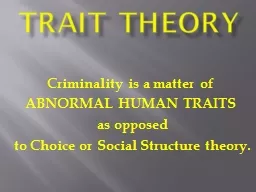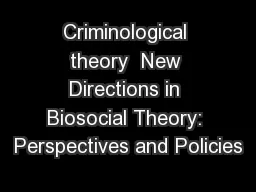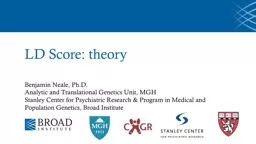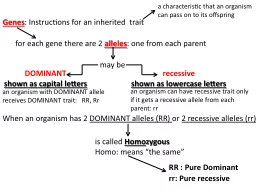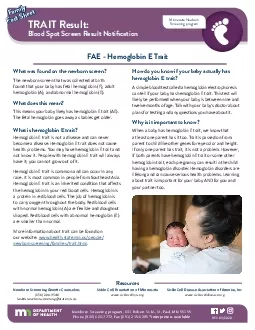PPT-Biological Trait Theory
Author : kittie-lecroy | Published Date : 2017-09-30
Its in their blood Introduction The belief that some people may have physical or mental traits that make them more prone to committing crime Biological makeup Psychological
Presentation Embed Code
Download Presentation
Download Presentation The PPT/PDF document "Biological Trait Theory" is the property of its rightful owner. Permission is granted to download and print the materials on this website for personal, non-commercial use only, and to display it on your personal computer provided you do not modify the materials and that you retain all copyright notices contained in the materials. By downloading content from our website, you accept the terms of this agreement.
Biological Trait Theory: Transcript
Download Rules Of Document
"Biological Trait Theory"The content belongs to its owner. You may download and print it for personal use, without modification, and keep all copyright notices. By downloading, you agree to these terms.
Related Documents

